Amanda Ziemann
Deep Snow: Synthesizing Remote Sensing Imagery with Generative Adversarial Nets
May 18, 2020Abstract:In this work we demonstrate that generative adversarial networks (GANs) can be used to generate realistic pervasive changes in remote sensing imagery, even in an unpaired training setting. We investigate some transformation quality metrics based on deep embedding of the generated and real images which enable visualization and understanding of the training dynamics of the GAN, and may provide a useful measure in terms of quantifying how distinguishable the generated images are from real images. We also identify some artifacts introduced by the GAN in the generated images, which are likely to contribute to the differences seen between the real and generated samples in the deep embedding feature space even in cases where the real and generated samples appear perceptually similar.
Cycle-Consistent Adversarial Networks for Realistic Pervasive Change Generation in Remote Sensing Imagery
Dec 08, 2019
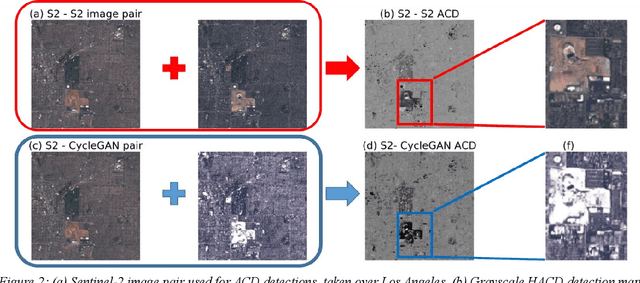
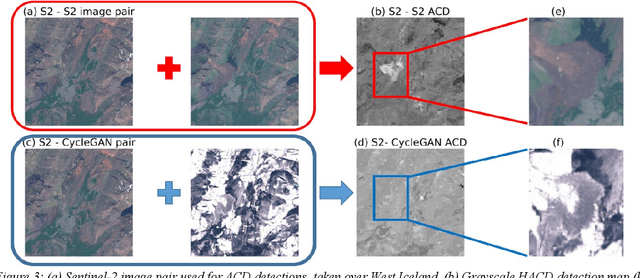
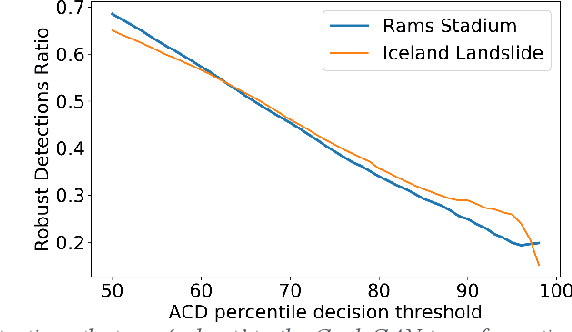
Abstract:This paper introduces a new method of generating realistic pervasive changes in the context of evaluating the effectiveness of change detection algorithms in controlled settings. The method, a cycle-consistent adversarial network (CycleGAN), requires low quantities of training data to generate realistic changes. Here we show an application of CycleGAN in creating realistic snow-covered scenes of multispectral Sentinel-2 imagery, and demonstrate how these images can be used as a test bed for anomalous change detection algorithms.
Closed-form detector for solid sub-pixel targets in multivariate t-distributed background clutter
Apr 28, 2018
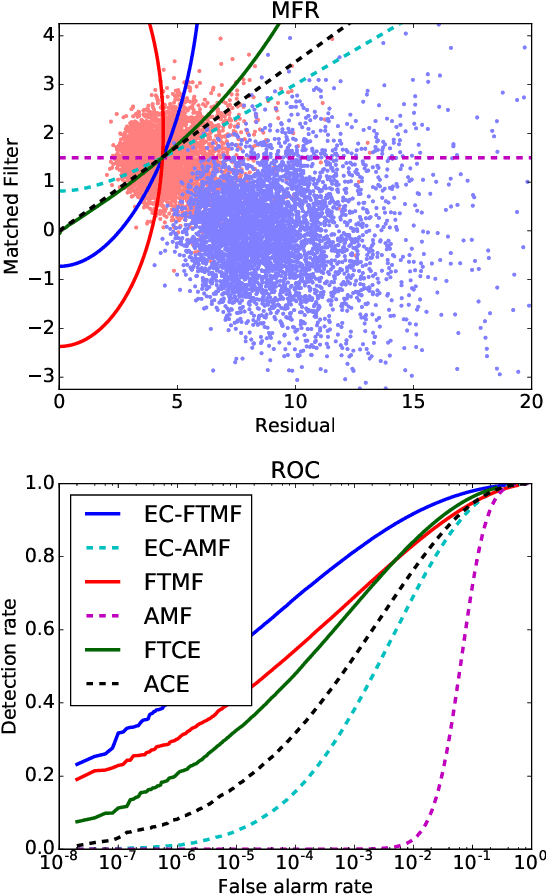
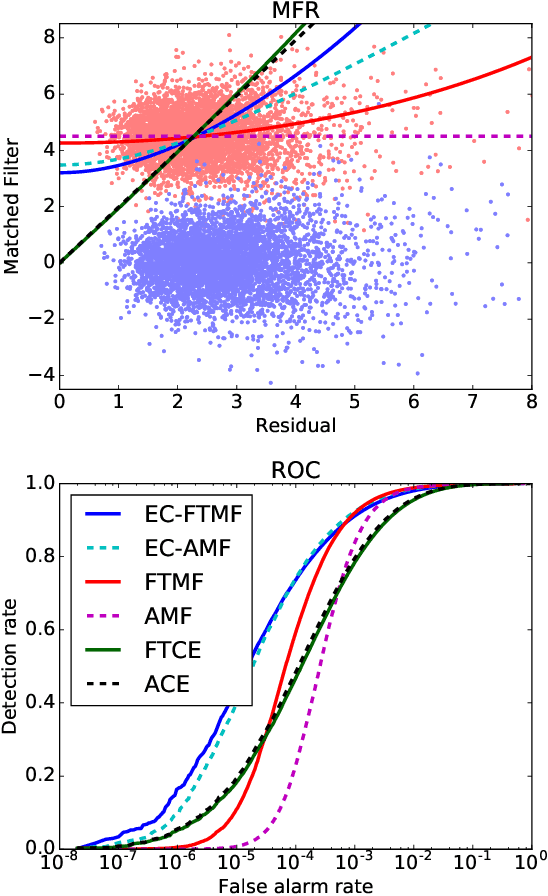
Abstract:The generalized likelihood ratio test (GLRT) is used to derive a detector for solid sub-pixel targets in hyperspectral imagery. A closed-form solution is obtained that optimizes the replacement target model when the background is a fat-tailed elliptically-contoured multivariate t-distribution. This generalizes GLRT-based detectors that have previously been derived for the replacement target model with Gaussian background, and for the additive target model with an elliptically-contoured background. Experiments with simulated hyperspectral data illustrate the performance of this detector in various parameter regimes.
 Add to Chrome
Add to Chrome Add to Firefox
Add to Firefox Add to Edge
Add to Edge